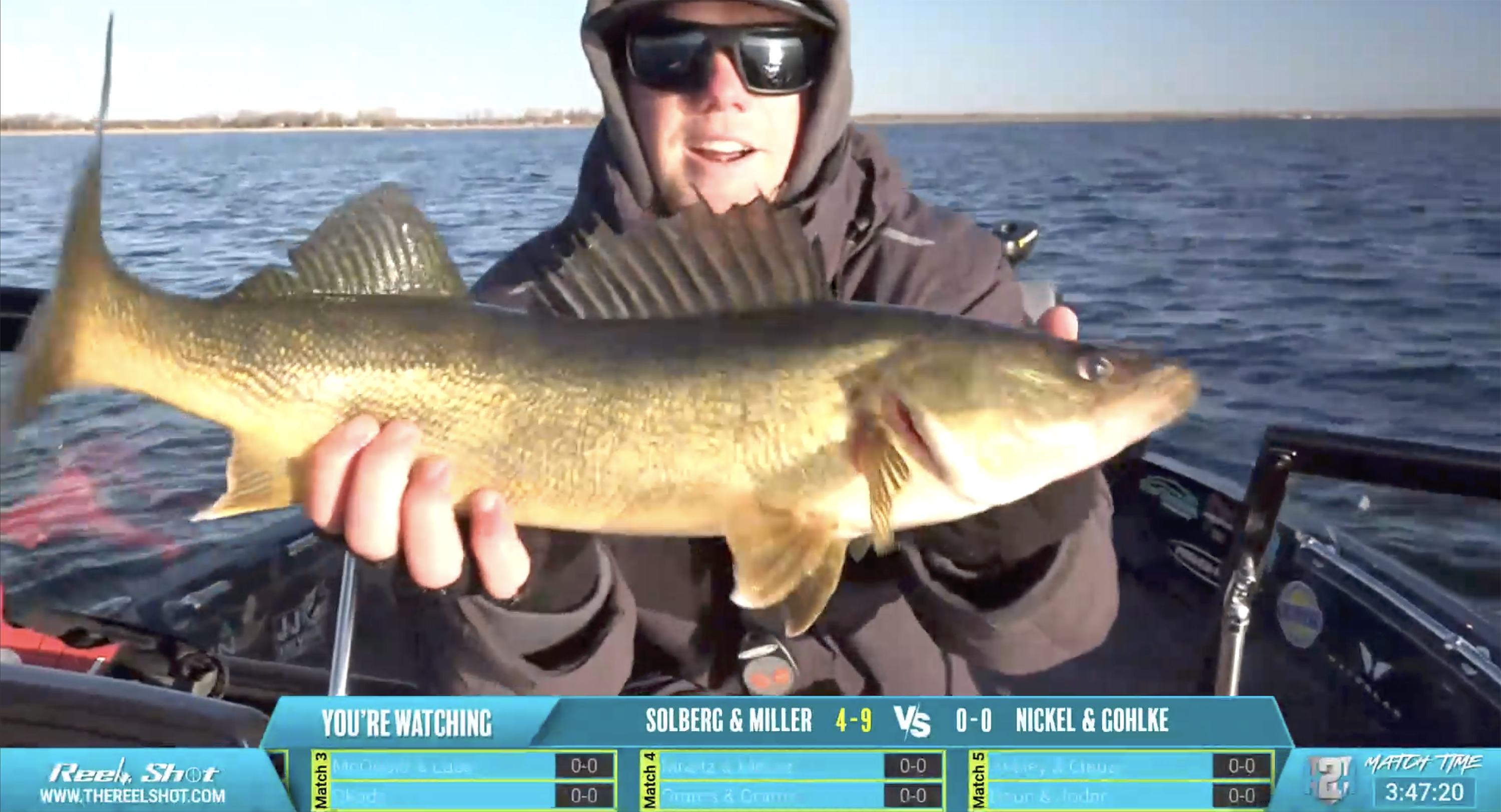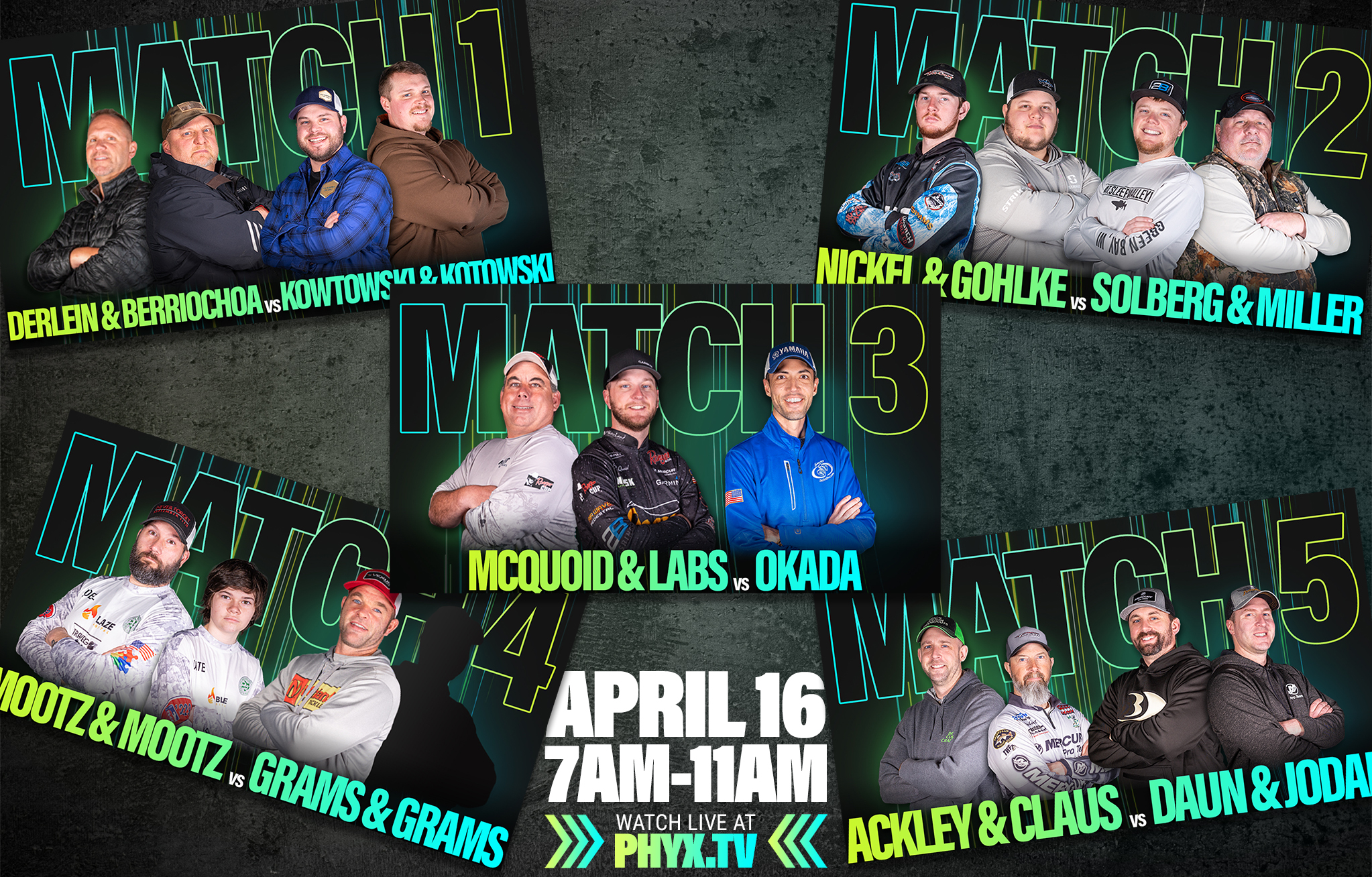news
Corey’s Key To Electronics
July 21, 2021 2:31 pm
One of the most overwhelming aspects for any angler is being on a body of water they are unfamiliar fishing.
PWS angler Corey Heiser has seen it all when it comes to fishing new bodies of water. Traveling across the country chasing big walleyes, Corey needs to break down water quickly and find high-percentage spots where these fish might live.
“You can always find walleyes in weeds or on rocks, which is a great starting place” – says Corey. When Heiser gets to a new lake, he immediately starts reading his sonar in conjunction with his mapping to understand where fish might live. This process consists of identifying key pieces of information his electronics will show him.
To do this, Corey uses his Lowrance electronics to do some high-speed graphing, sometimes up to 20 MPH! With high-speed graphing, Corey can mark places that look promising with different icons that his electronics feature.
“Specific icons are maybe one of the most underutilized tools when it comes to using your electronics”, says Corey. Using icons makes your decision process faster and much more efficient when breaking down a body of water. Some examples of using icons include placing a blue “X” to mark cabbage or a type of weeds. If Corey marks multiple blue “X’s” on his map and catches fish from one of those areas, he can quickly go to the other icons with a greater chance at catching fish there as well.


This type of experience helps Corey with the body of water he is fishing at the time, and it also helps with the learning curve on new bodies of water. Corey spends a lot of time fishing in Western Minnesota around a particular weed he calls cabbage. Corey knows that this cabbage looks a certain way on his graph and is likely to hold fish, no matter what body of water he is on.
What Are You Seeing?

With practice and experience, Corey has become proficient at using his electronics. However, one of the biggest things to remember is that you do not always have to mark fish to know where you will catch them. Learning to identify different types of weeds or bottom structures with your electronics can be more valuable than seeing individual fish.
Another thing that people may not realize is how much of the water your transducer can see at one time. For example, if you are in 20 FOW with a 200 kHz transducer, your cone shows about 7 feet of the bottom contour, which is not even the width of most boats. Only seeing such a small area means is that your odds of locating a walleye in that spot are not that great, but you should still fish around that area.
If there are the correct types of weeds, rocks, or structures, in that area fish will likely be relating to it.
When it comes to outfitting your boat with electronics, the endless options can be overwhelming. At every level, you get more bells and whistles that can take your electronic setup from a few hundred dollars to several thousand. “Lowrance electronics offers some great technology for a reasonable price to get started,” Corey says. For Corey, his boat features some of the latest and greatest advancements in technology, but not everyone needs that. An entry-level Lowrance electronics setup that offers 2D sonar and mapping is a great starting point for most anglers.
Tying It All Together
One vital piece to Corey’s setup is that he can link his electronics to work together. Linking his electronics together gives Corey the option to mark a waypoint on his map at the council graph and have it appear on the graph at the bow. Linking his graphs together gives Corey pinpoint accuracy when it is time to start fishing the spots he previously marked. Corey also states that his units can record and create maps on the body of water he is fishing. Even though mapping companies provide accurate information, bodies of water change, and sometimes areas get missed.



Sometimes, Corey even finds an area when he is fishing that is not on the map. In Corey’s experience, these situations get him excited the most because not everyone knows about the spot he just found. Finding this area on a map out on your own gives you a chance to fish in a less pressured area to increase your odds of hooking up.







